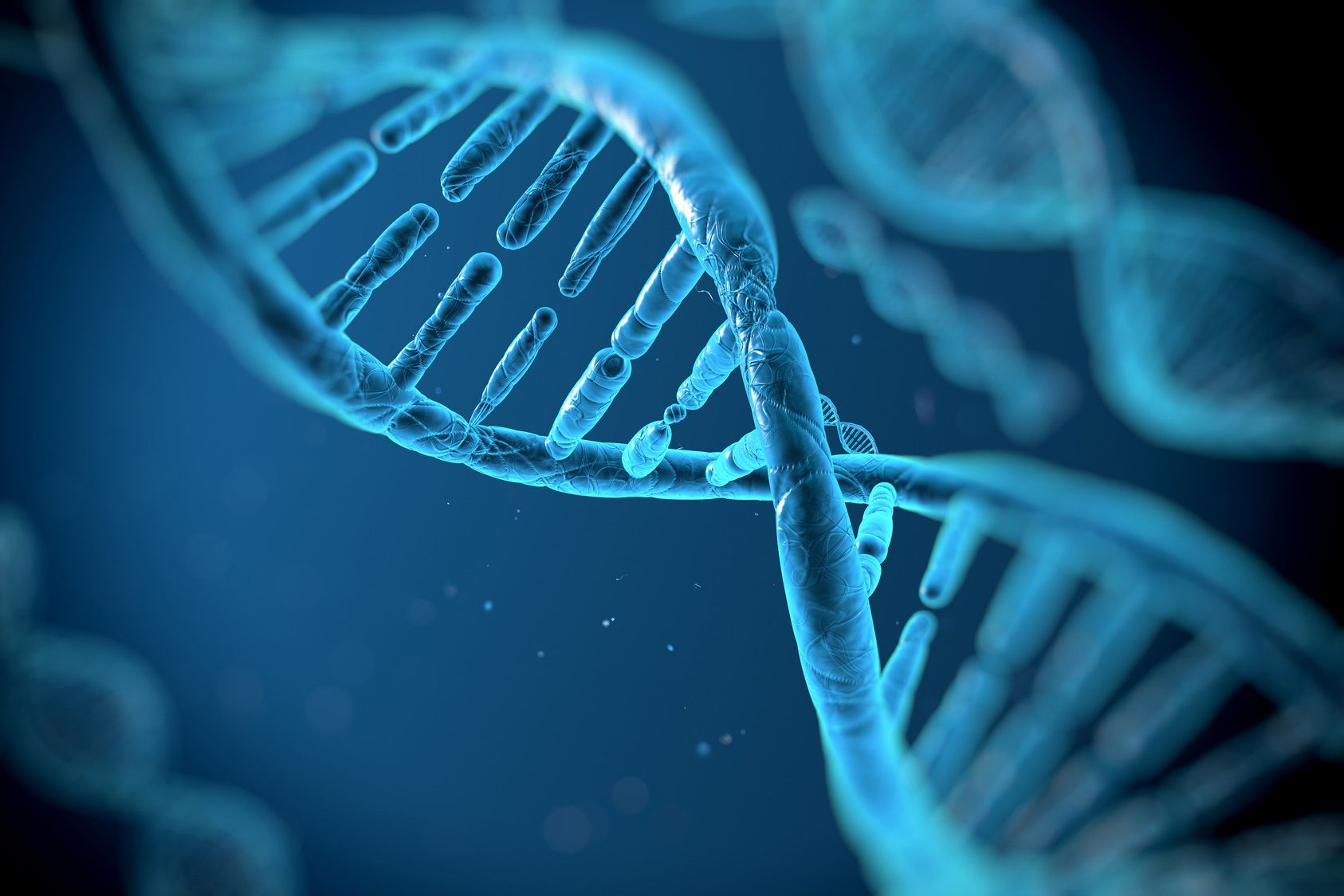
(Vienna, 22 June 2018) The cell nucleus is an organelle, in which the DNA of an organism is protected and duplicated. The nucleus of this organ-like structure in the cell plasma is surrounded by an outer and an inner nuclear envelope, which is penetrated by openings – so-called nuclear pores. The outer nuclear envelope is also connected to the endoplasmic reticulum (ER), another organelle. Up until now, scientists assumed that only the ER and the outer nuclear envelope were involved in the cell's lipid metabolism and that the inner envelope obtained its lipids exclusively through the nuclear pores. A team of researchers from Max F. Perutz Laboratories, a subsidiary of the University of Vienna and Medical University of Vienna, has discovered that the inner membrane exhibits a unique type of metabolic activity.
In an article in leading journal "CELL", MFPL Group Leader Alwin Köhler and PhD student Anete Romanauska reject the idea that the inner nuclear envelope is merely a metabolically inactive "backyard" to the ER. They discovered that the inner envelope plays a role in the metabolism of lipids, even storing such substances in the cell nucleus. This is done in the form of lipid droplets (LD).
An increased supply of lipids is sufficient to cause droplets to form in the cell nucleus. There the lipid deposits form special membrane bridges, connecting them to the inner nuclear envelope. In the recent study, the authors describe the synthesis of lipid droplets and show that the inner nuclear envelope has its own composition of lipids. It is therefore not merely an extension of the outer envelope and the ER but has its own unique functionality.
The research results also show which factor is responsible for the proper exchange of lipids between inner nuclear envelope and lipid droplets. In humans, a mutation in this area leads to congenital lipodystrophy, a rare metabolic disorder characterised by a drastic loss of body fat. This therefore opens up new research pathways, both with regard to the role of lipids in the cell nucleus and also the understanding of lipodystrophy and other human metabolic disorders.
The research process was initially problematic. First of all, the researchers had to find the right tools: "We developed a set of biosensors that enabled us to visualise the lipids in the cell nucleus," explains Anete Romanauska. Both researchers agree that the main question still to be answered is the exact cellular function of lipid metabolism in the cell nucleus of healthy humans and those suffering from diseases.